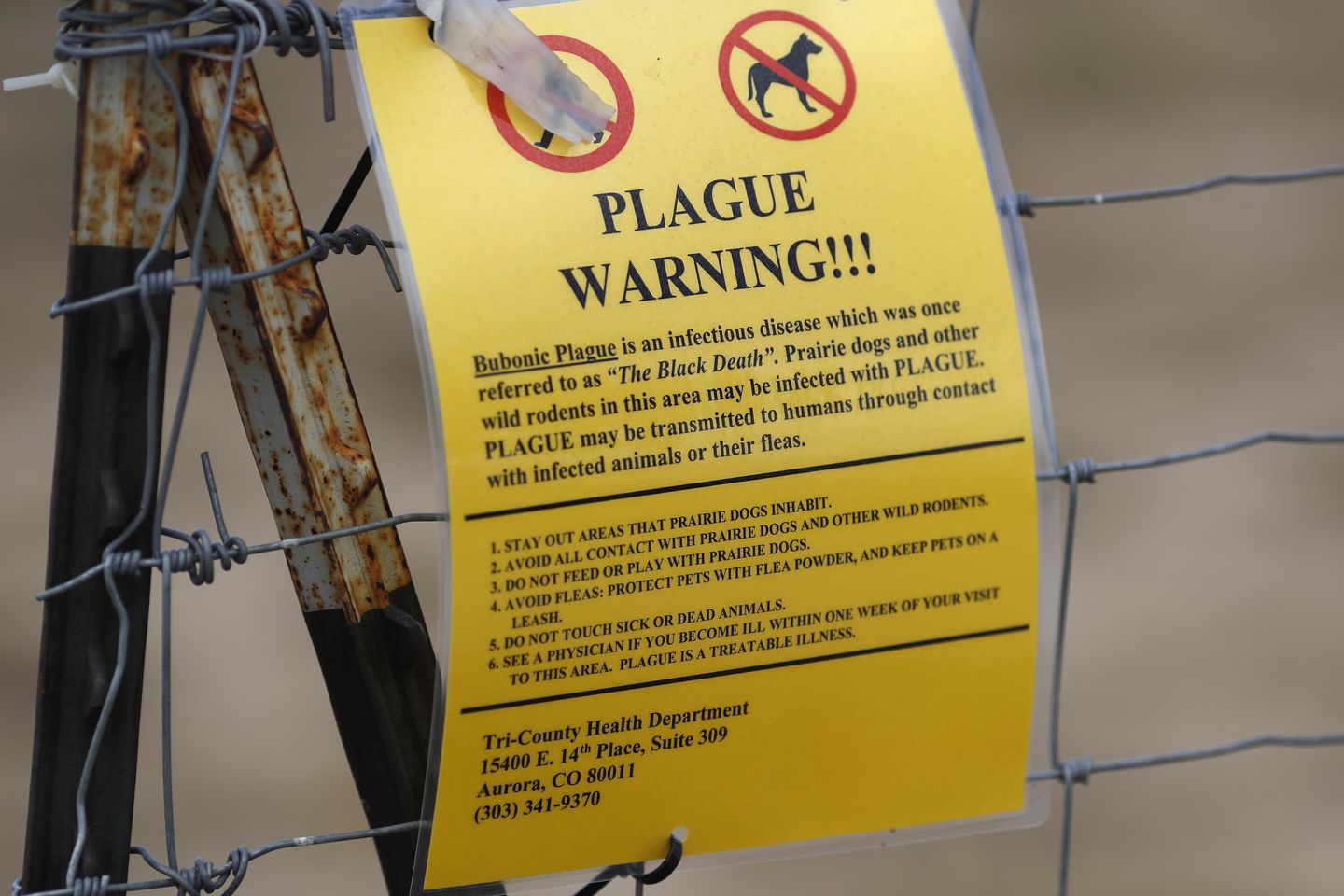
Health officials in Coconino County, Arizona, have confirmed the death of a resident from pneumonic plague, the first such death in the county since 2007.
Coconino County Health and Human Services did not say how the patient contracted pneumonic plague, but said in their announcement that the death was unrelated to a recent prairie dog die-off northeast of Flagstaff, Arizona.
“Out of respect for the family, no additional information about the death will be released,” Coconino County Board of Supervisors Chair Patrice Horstman said.
Plague is caused by the bacterium Yersinia pestis, which can be spread by fleas to rodents such as prairie dogs and rats.
Humans can also spread the disease, but the last reported human-to-human transmission of plague in the United States occurred over a century ago in 1924, CCHHS said.
The U.S. records roughly seven cases of plague a year. But since 2000, only 15 plague cases have resulted in deaths, according to the Centers for Disease Control and Prevention.
Pneumonic plague is specifically spread by droplets in the air expelled by a sick human or a sick animal or by untreated bubonic or septicemic plague bacteria inside a patient’s body, according to the CDC.
With pneumonic plague, patients suffer fever, headaches, general weakness and pneumonia symptoms that occur quickly, including shortness of breath, coughing, chest pain and occasionally bloody or watery mucus. Symptoms can start occurring within a day of a patient breathing in plague droplets.


![Steak ’n Shake Mocks Cracker Barrel Over Identity-Erasing Rebrand [WATCH]](https://www.right2024.com/wp-content/uploads/2025/08/Steak-n-Shake-Mocks-Cracker-Barrel-Over-Identity-Erasing-Rebrand-WATCH-350x250.jpg)



![Mount Rushmore Could Get Trump Upgrade Under GOP Push [WATCH]](https://www.right2024.com/wp-content/uploads/2025/07/Mount-Rushmore-Could-Get-Trump-Upgrade-Under-GOP-Push-WATCH-350x250.jpg)


![Soros Network, Others Behind LA Riots [WATCH]](https://www.right2024.com/wp-content/uploads/2025/06/Soros-Network-Others-Behind-LA-Riots-WATCH-350x250.jpg)
![Human Trafficking Expert Details Horrific Biden Admin Endangerment of Migrant Kids [WATCH]](https://www.right2024.com/wp-content/uploads/2025/07/Human-Trafficking-Expert-Details-Horrific-Biden-Admin-Endangerment-of-Migrant-350x250.jpg)





